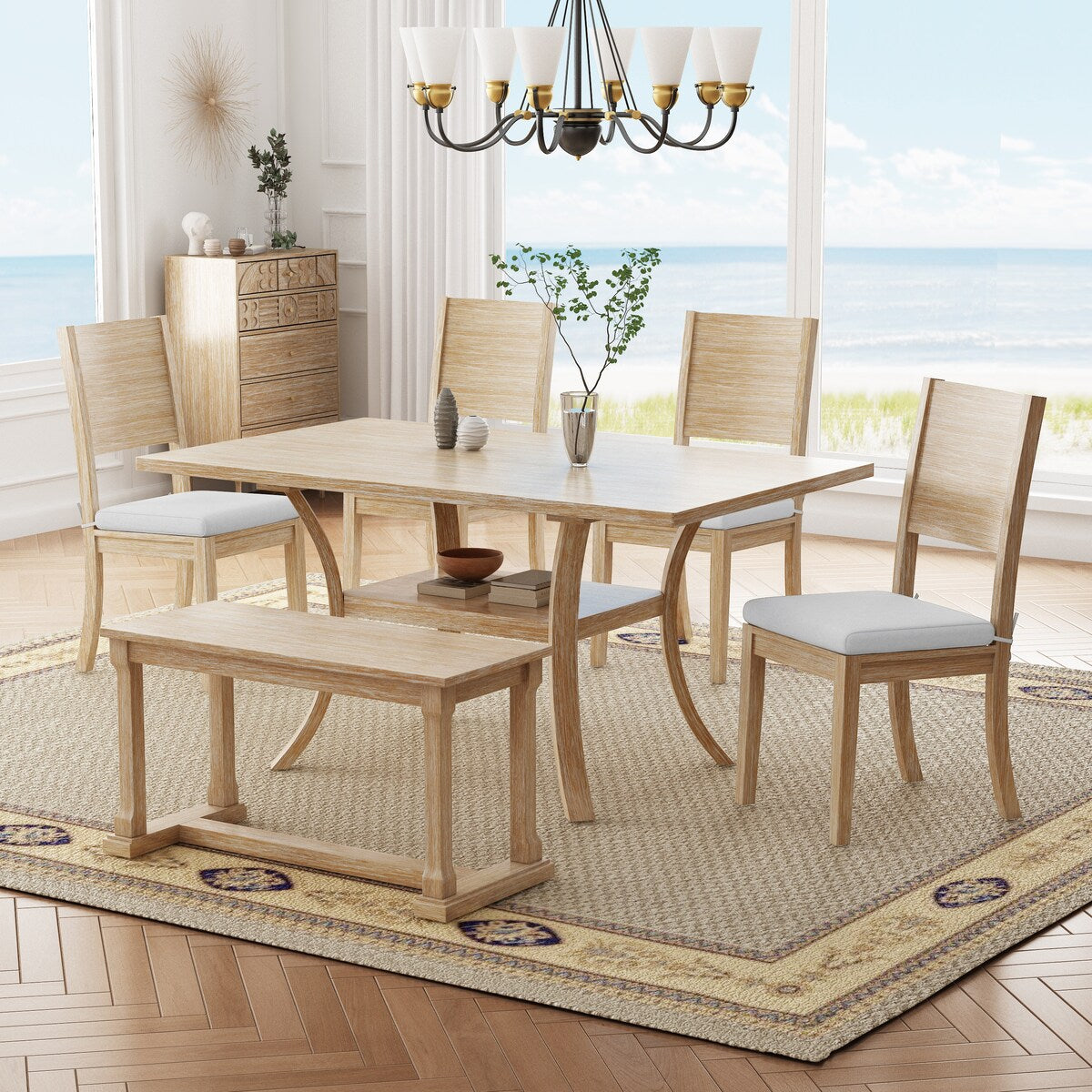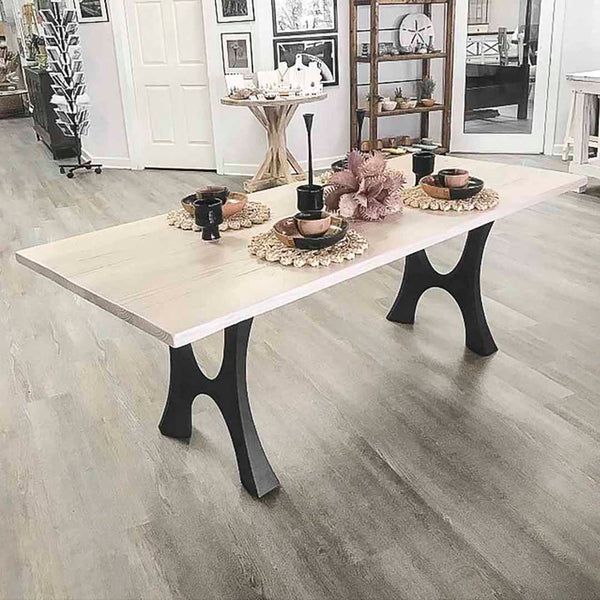Upgrade Your Furniture with Custom Dining Room Table Legs
Upgrade Your Furniture with Custom Dining Room Table Legs
Blog Article
Expert Tips for Installing Eating Room Table Legs for Maximum Stability
When it comes to mounting dining space table legs, attaining maximum stability is extremely important for both performance and aesthetics. What certain strategies can enhance stability also better?
Choose the Right Legs
When choosing the proper legs for your dining-room table, it is important to take into consideration both functionality and aesthetic appeals. The legs you pick will significantly affect the overall style and security of the table. Initially, review the table's intended usage; if you expect frequent gatherings, sturdier legs, such as those made from solid wood or metal, may be preferable, as they supply increased toughness and assistance.
Typical eating tables generally range from 28 to 30 inches in elevation, so guarantee the legs align with this criterion for comfort. Conical legs can include a contemporary touch, while transformed legs may convey an extra traditional aesthetic.

Select Appropriate Hardware
Exactly how can the right hardware improve the security and longevity of your dining-room table? The selection of suitable equipment is critical to making certain that the legs of your table are securely attached and able to stand up to normal use. Premium screws, screws, and braces provide the needed toughness to sustain the weight of the table, as well as any extra tons positioned upon it during meals or gatherings.
When selecting screws, choose those made from durable materials such as stainless steel or brass, which resist rust and preserve stability gradually. The size of the screws is similarly vital; they need to pass through deeply right into the table's structure without compromising integrity. For bolted connections, consider using lock washers to protect against loosening due to resonance or activity.
Additionally, using edge braces can add extra assistance, particularly for larger tables or those with heavier tops. These braces distribute weight evenly and aid preserve the table's shape. Making certain that the equipment you choose is appropriate for the details products of your table will further boost its general security and durability, allowing you to appreciate your dining experience for years to find.
Ensure Proper Placement
Correct positioning of eating space table legs is vital for both aesthetic charm and practical stability. To achieve optimal placement, start by determining the range from the table's corners to the leg accessory factors.
Use a degree throughout setup to validate that each leg is vertical to the tabletop. It is advisable to mark the page desired leg placements on the bottom of the table with a pencil or covering up tape before securing them.
Furthermore, ascertain the alignment after the initial screws are tightened up, as modifications might be necessary before completely safeguarding the equipment. By focusing on correct positioning, you not just enhance the table's general design however likewise make sure that it stays functional and steady for many years to find.

Think About Weight Distribution
After making sure correct placement of the dining space table legs, it's vital to take into consideration weight circulation to enhance stability and functionality. dining room table legs. Appropriate weight distribution is crucial in avoiding wobbling and guaranteeing that the table can support its desired lots Website without danger of tipping or breaking down
When positioning the legs, ensure they are put at equivalent ranges from the facility of the table to equally distribute the weight throughout the framework. Think about the weight of the tabletop and any items that will regularly hinge on it, such as tabletop devices or ornamental items. Tables with heavier surface areas must preferably have legs located closer to the corners, as this optimizes the base of support and reduces the danger of instability.
In addition, if the table is meant for use in a high-traffic location, consider utilizing heavier products for the legs or including supporting elements, such as cross-bracing or a lower rack - dining room table legs. These adjustments can aid preserve balance and avoid changing throughout use. Inevitably, a well-considered weight circulation approach will significantly improve the table's overall efficiency, guaranteeing it remains a functional and appealing centerpiece for your dining space
Examination Security Before Usage
Examining the security of the eating space table prior to usage is a vital action that ought to not be neglected. If the table reveals instability, determine the legs or joints that might call for change.
Next, inspect that all bolts and screws are tightened up appropriately. Loose connections can lead to instability and possible damage over time. If essential, use wood adhesive on joints to boost stability, making sure to permit appropriate drying time.

Final Thought
Finally, the setup of eating space table legs requires cautious consideration of materials, equipment, weight, and alignment circulation to attain optimum stability. By selecting strong legs and top quality bolts, making sure precise alignment, and dispersing weight equally, the structural integrity of the table can be substantially boosted. Performing a security examination prior to normal use better makes certain that the table will withstand daily stress, find out here thus offering a dependable and secure eating experience.
When it comes to setting up dining space table legs, achieving maximum stability is paramount for both functionality and aesthetic appeals. The legs you choose will substantially affect the total design and stability of the table (dining room table legs). Typical dining tables usually range from 28 to 30 inches in height, so make sure the legs line up with this standard for comfort.Correct placement of eating space table legs is crucial for both aesthetic allure and useful security.In final thought, the installation of eating area table legs needs careful factor to consider of materials, positioning, weight, and equipment distribution to accomplish optimum stability
Report this page